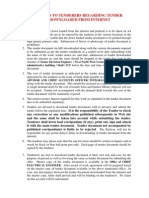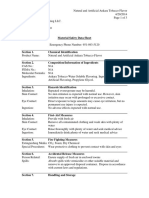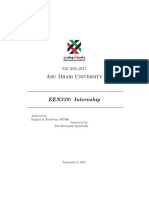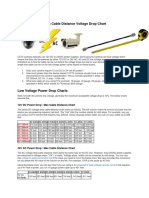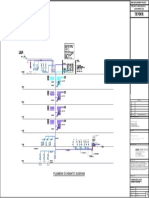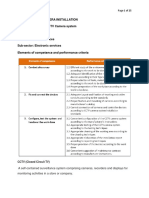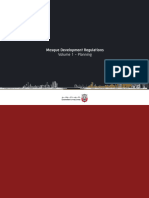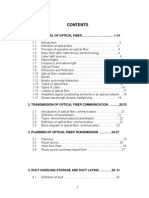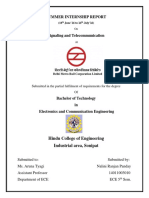0% found this document useful (0 votes)
248 views8 pagesTrunking and Fiber Optic Basics
Trunking allows multiple clients to share network access simultaneously using a set of circuits rather than providing individual circuits for each client. It connects telephone switches and circuits within an exchange to provide a lesser number of connections than would otherwise be required. An optical time domain reflectometer (OTDR) is used to test fiber optic cables and determine the condition and performance of the cable by building a virtual image and analyzing events along the cable path. OTDR works by emitting a light pulse into the fiber and analyzing the light reflected or scattered back to determine loss values, event types and locations in the fiber link. Fiber optic cables consist of a glass core surrounded by cladding and are used for high speed, long distance data transmission due to
Uploaded by
kwoba fredrickCopyright
© © All Rights Reserved
We take content rights seriously. If you suspect this is your content, claim it here.
Available Formats
Download as DOCX, PDF, TXT or read online on Scribd
0% found this document useful (0 votes)
248 views8 pagesTrunking and Fiber Optic Basics
Trunking allows multiple clients to share network access simultaneously using a set of circuits rather than providing individual circuits for each client. It connects telephone switches and circuits within an exchange to provide a lesser number of connections than would otherwise be required. An optical time domain reflectometer (OTDR) is used to test fiber optic cables and determine the condition and performance of the cable by building a virtual image and analyzing events along the cable path. OTDR works by emitting a light pulse into the fiber and analyzing the light reflected or scattered back to determine loss values, event types and locations in the fiber link. Fiber optic cables consist of a glass core surrounded by cladding and are used for high speed, long distance data transmission due to
Uploaded by
kwoba fredrickCopyright
© © All Rights Reserved
We take content rights seriously. If you suspect this is your content, claim it here.
Available Formats
Download as DOCX, PDF, TXT or read online on Scribd
/ 8


